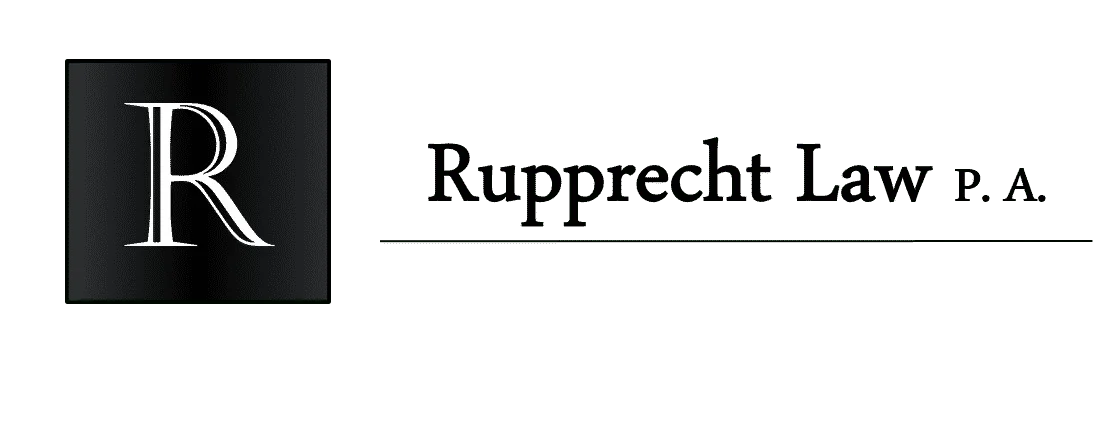|
Getting your Trinity Audio player ready...
|
Section 2203 of the FAA Extension, Safety, and Security Act of 2016 (Public Law 114-190) requires a manufacturer of a small (under 55 pound) unmanned aircraft shall make available to the owner at the time of delivery of the small unmanned aircraft the safety statement.
The safety statement required shall include:
(A) information about, and sources of, laws and regulations applicable to small unmanned aircraft;
(B) recommendations for using small unmanned aircraft in a manner that promotes the safety of persons and property;
(C) the date that the safety statement was created or last modified; and
(D) language approved by the Administrator regarding the following:
(i) A person may operate the small unmanned aircraft as a model aircraft (as defined in section 336 of the FAA Modernization and Reform Act of 2012 (49 U.S.C. 40101 note)) or otherwise in accordance with Federal Aviation Administration authorization or regulation, including requirements for the completion of any applicable airman test.
(ii) The definition of a model aircraft under section 336 of the FAA Modernization and Reform Act of 2012 (49 U.S.C. 40101 note).
(iii) The requirements regarding the operation of a model aircraft under section 336 of the FAA Modernization and Reform Act of 2012 (49 U.S.C. 40101 note).
(iv) The Administrator may pursue enforcement action against a person operating model aircraft who endangers the safety of the national airspace system.
The FAA has issued guidance on implementing this section. It is located here. https://www.faa.gov/uas/programs_partnerships/manufacturers_toolkit
Keep in mind that as time goes on, the document will need to be updated to keep customers informed. If you read the Section 2203 requirements, you can see that plainly as Section 336 is now located at 49 USC 44809. Contact me if you need help creating one of these safety statements.
What happens if the manufacturer does NOT comply?
A person who violates shall be liable for each violation to the United States Government for a civil penalty described in section 46301(a) of title 49, United States Code which says,
“A person is liable to the United States Government for a civil penalty of not more than $25,000 (or $1,100 if the person is an individual or small business concern)”
The price you pay is dependent on who or what you are. Let’s unpack these different scenarios:
An individual person. That’s you and me right now. $1,100 per violation.
A small business manufacturer is $1,100. So how do we figure out if the business is a small business. 49 USC 46301(i) says, “Small Business Concern Defined .— In this section, the term ‘small business concern’ has the meaning given that term in section 3 of the Small Business Act ( 15 U.S.C. 632).”
FAA Order 2150.3C , published 8/8/2023, provides a lot more information:
b. Definition of Small Business. The term “small business” as used in this order means a “small business concern” under 49 U.S.C. § 46301(i), which is defined under the Small Business Act (15 U.S.C. § 632), as interpreted by the Small Business Administration (SBA). A small business is a business entity: (1) “organized for profit, with a place of business located in the U.S., and which operates primarily within the U.S. or which makes a significant contribution to the U.S. economy through payment of taxes or use of American products, materials or labor”; (2) “which is independently owned and operated and which is not dominant in its field of operation”; and (3) that meets the size standards specified by the SBA. See 15 U.S.C. § 632; 13 C.F.R. §§ 121.101 and 121.105.
c. Size Limits for Small Businesses. The SBA defines small business concerns in tables according to the economic activity or industry in which they are primarily engaged (generally according to the North American Industry Classification System (NAICS)) and number of employees or annual receipts. These limits are set by the SBA and can be found at 13 C.F.R. § 121.101. The SBA provides guidance on affiliates (13 C.F.R. § 121.103), calculating annual receipts (13 C.F.R. § 121.104), and calculating the number of employees (13 C.F.R. § 121.106). Limits for some common aviation entities are listed in Figure 9-7. If a business is engaged in more than one industry, AGC-300 counsel determines the primary industry in accordance with 13 C.F.R. § 121.107.
Figure 9-7: Small Business Maximum Size Limits
Business Subsector/Business Type (with NAICS code) Size Limit
Computer and Electronic Manufacturing (Subsector 334)
Search, Detection, Navigation, Guidance, Aeronautical, and Nautical System, and Instrument Manufacturing (334511) 1,250 employeesBusiness Subsector/Business Type (with NAICS code) Size Limit
Transportation Equipment Manufacturing (Subsector 336)
Aircraft Manufacturing (336411) 1,500 employees
Aircraft Engine and Engine Parts Manufacturing (336412) 1,500 employees
Other Aircraft Part and Auxiliary Equipment Manufacturing (336413) 1,250 employeesAir Transportation (Subsector 481)
Scheduled Passenger Air Transportation (481111) 1,500 employees
Scheduled Freight Air Transportation (481112) 1,500 employees
Nonscheduled Chartered Passenger Air Transportation (481211) 1,500 employees
Nonscheduled Chartered Freight Air Transportation (481212) 1,500 employees
Other Nonscheduled Air Transportation (481219) $16.5 million
annual receiptsSupport Activities for Transportation (Subsector 488)
Other Airport Operations (other than Air Traffic Control) (488119) (includes airport operators) $35.0 million annual receipts
Freight Transportation Arrangement (488510) (includes freight forwarders for hazmat sanction calculations) $16.5 million annual receipts
Except Non-Vessel Owning Common Carriers and Household Goods Forwarders $30.0 million annual receipts
Other Support Activities for Air Transportation (488190) (includes repair stations) $35.0 million annual receiptsEducational Services (Subsector 611)
Flight Training (611512) $30.0 million annual receipts
d. Definition of Large Business. The term “large business” is not defined in a statute or regulation relevant to FAA legal enforcement actions. As used in this order, a large business is any entity that does not meet the definition of a small business concern. However, an entity that is not a “small business concern” only because it is a not organized for profit will be treated, for purposes of sanction selection, as a small business. This does not affect which statutory maximum is applicable to the entity.
The Small Business Administration has much more information here. https://t.ly/LioCb
Table of Size Standards is located here.https://t.ly/cHnKO





Aviation Attorney. FAA Certificated Commercial Pilot and Flight Instructor (CFI/CFII). Contributor at Forbes.com for Aerospace and Defense.